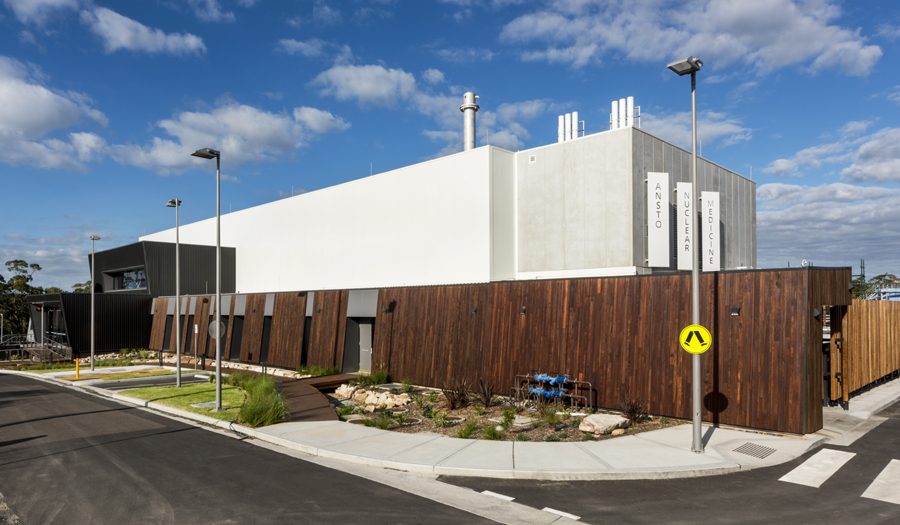
Home » PNNL collaborates with medical isotope producers
PNNL collaborates with medical isotope producers

February 13, 2019
Partnership to ensure continued nuclear explosion monitoring
Medical isotopes are used daily around the world to
visualize and diagnose cancer, heart disease and other serious
ailments. However, their production can emit gasses that, while posing no
danger to the public, have features that look similar to those produced by a
nuclear explosion.
The Department of Energy’s Pacific Northwest National
Laboratory in Richland is working with production facilities around the
world to install monitors that will help understand more about the levels and
timing of these emissions.
Using that information, governments and agencies watching
for signatures of nuclear explosions can more easily assess their readings and
ensure that emissions from medical isotope production are not misinterpreted.
PNNL worked with the Australian Nuclear Science and
Technology Organisation to install a detector system at ANSTO’s medical isotope
production facility in Lucas Heights, Australia, in the fall.
Previously, the Institute for Radioelements in Fleurus,
Belgium, installed a monitor in its effluent stack.
Both IRE and ANSTO produce the medical isotope
Molybdenum99, or Moly-99, by irradiating uranium in a reactor. Gaseous
fission products, like the isotopes of xenon, are released in the process,
increasing worldwide background levels of this gas.
“These first-of-their kind sensor systems, one in each
hemisphere, will help with international measurements for detecting underground
nuclear explosions,” said Judah Friese, principal investigator at PNNL, in a
news release. “While these are the first companies to install these systems,
more installations are planned at locations around the globe to increase
confidence in international nuclear explosion monitoring.”
The Preparatory Commission for the Comprehensive
Nuclear-Test-Ban Treaty Organization notes that
four radioxenon isotopes are possible indicators of a
nuclear explosion and may provide forensic evidence for analysts. CTBTO
PrepCom analysts track airborne radioxenon through the International
Monitoring System.
PNNL scientists are experts in developing methods
of detecting extremely low levels of radioactive isotopes. While the
monitors being installed in the stacks are off-the-shelf devices, they’ve been
slightly modified to PNNL specifications.
“It’s important to understand the levels and timing of xenon
released by medical isotope facilities the world over, which is significant but
relatively uncharted until now,” Friese said. “Stack release data will
support the job of analysts monitoring the globe for nuclear explosions.”
PNNL is working with the U.S. Departments of State and
Defense and the National Nuclear Security Administration to install additional
detectors via a project called STAX, or Source Term Analysis of
Xenon.
There are currently no companies in the United States that
produce Moly-99 through the fission of uranium, PNNL said. However, about
40,000 Americans receive doses of Technetium-99m each day, typically to
diagnose cancer, heart disease and other serious health conditions.
The network of stack monitors will confidentially transmit
data to a central database for compilation, analysis, and screening, PNNL said.
Eventually, the data created by these stack monitors will be used in a model
that predicts xenon levels in the atmosphere. In the event of a
suspected nuclear explosion, this knowledge can quickly rule out unrelated
sources of xenon.
Local News Manufacturing
KEYWORDS february 2019





